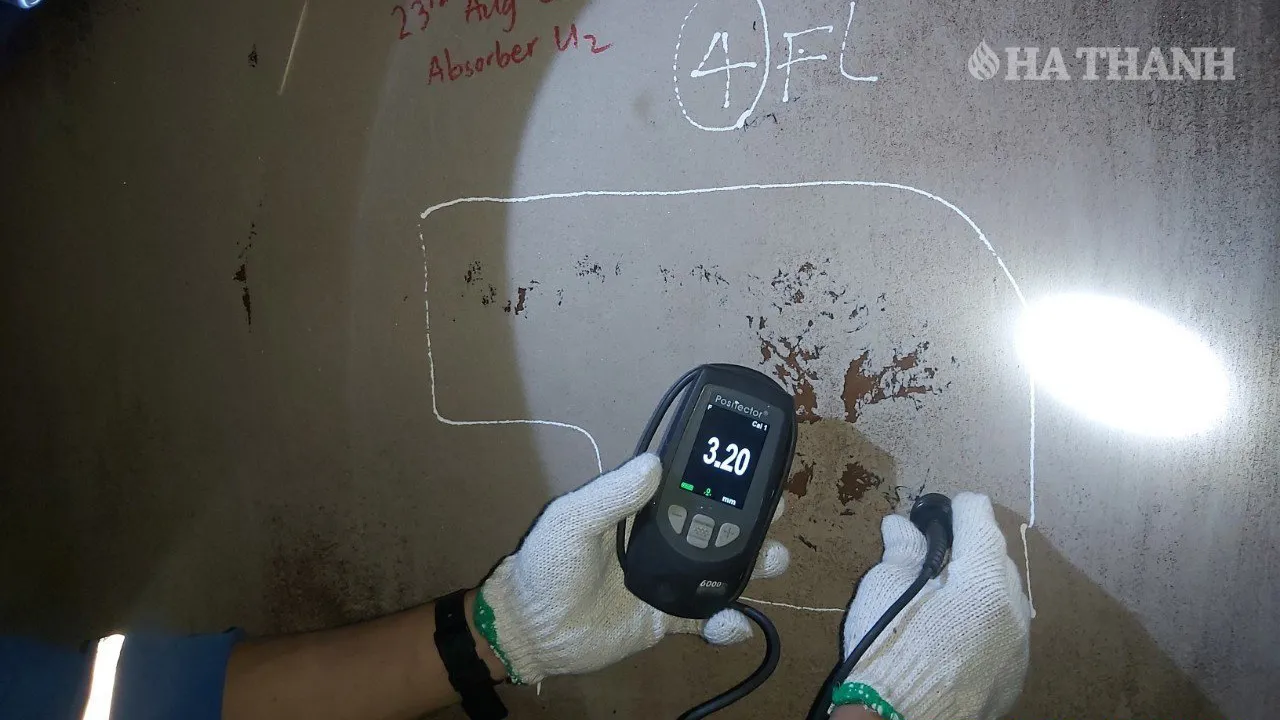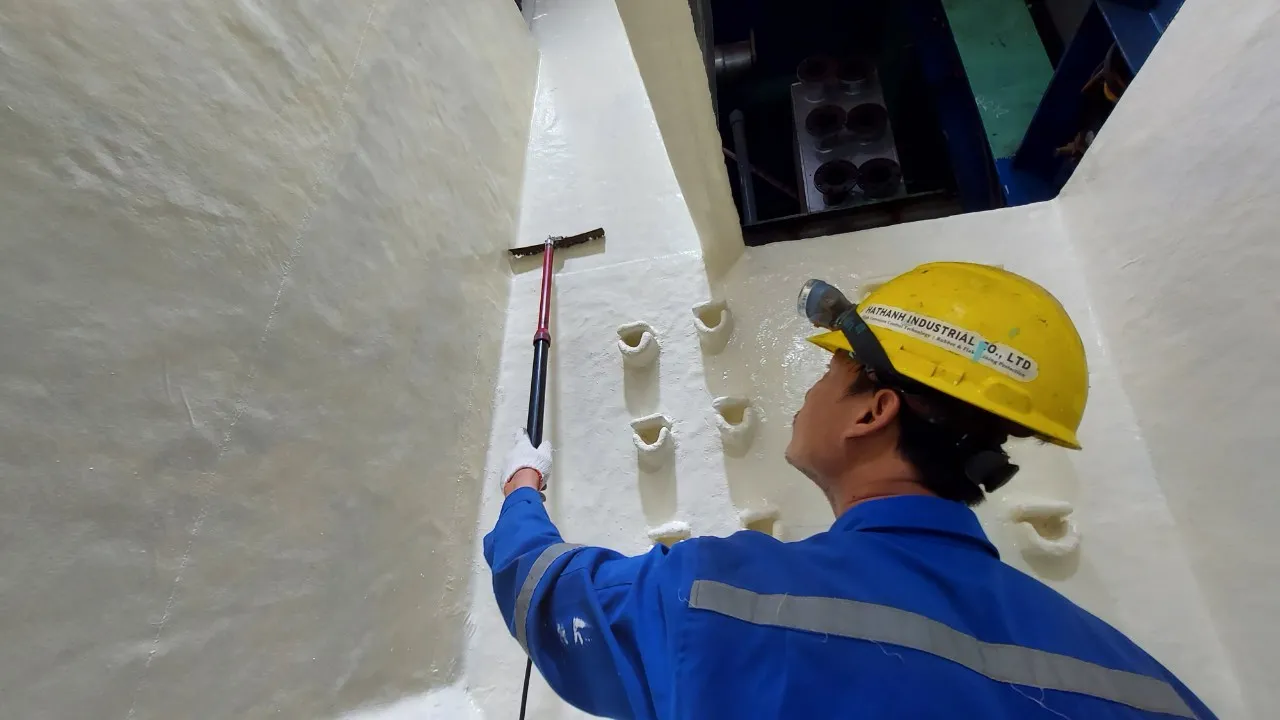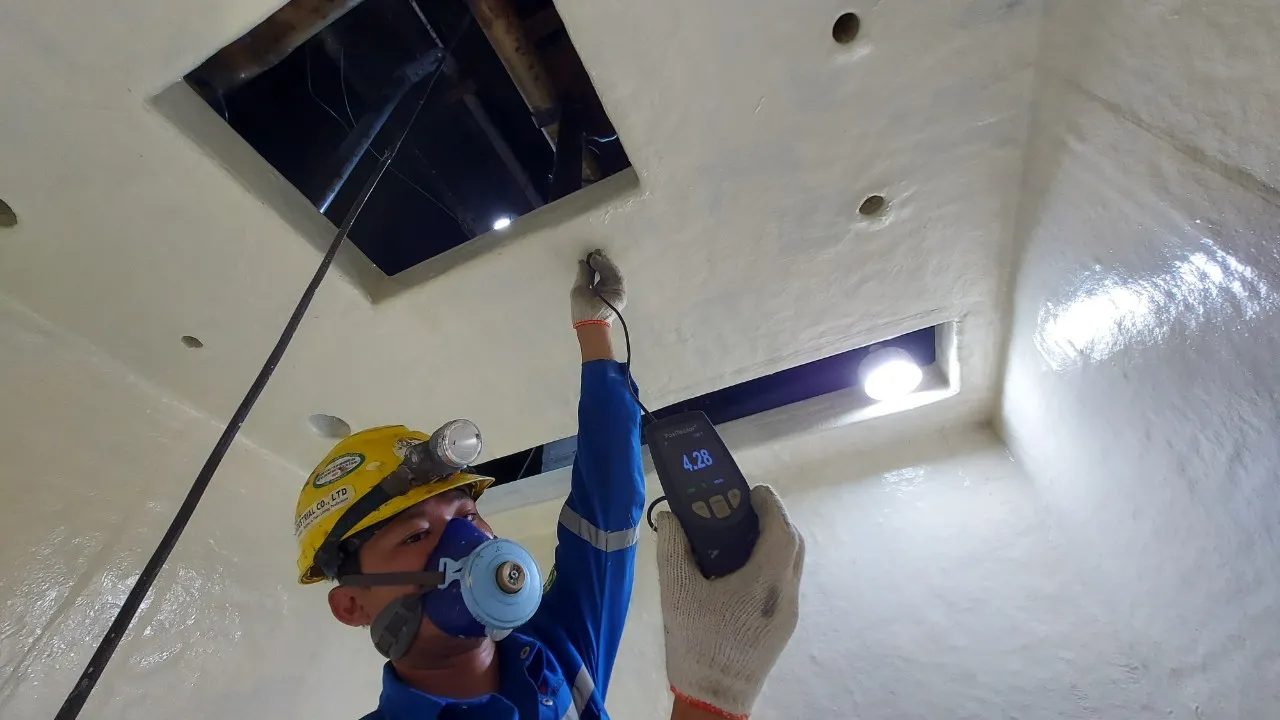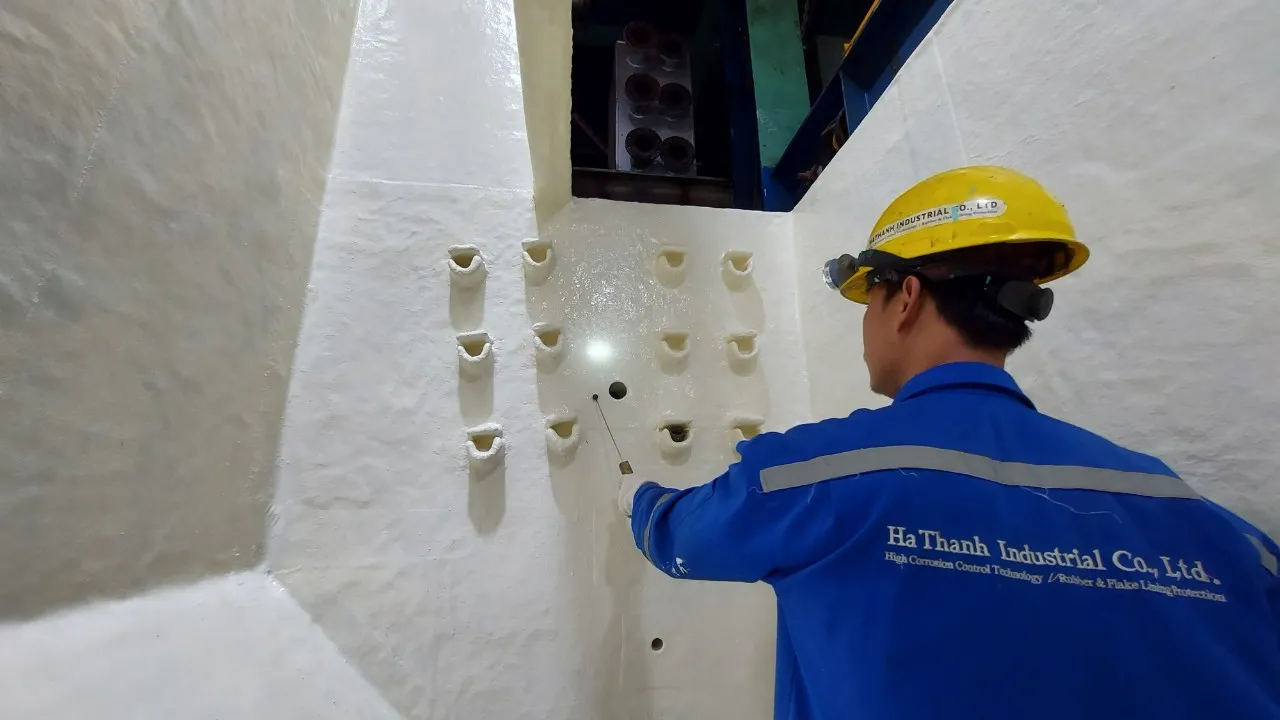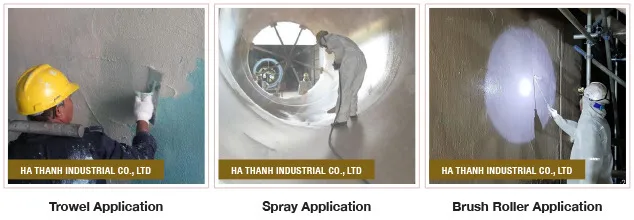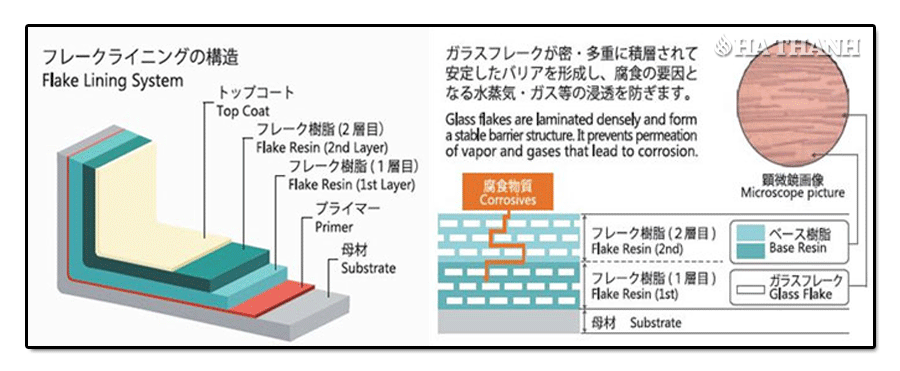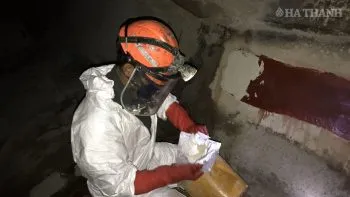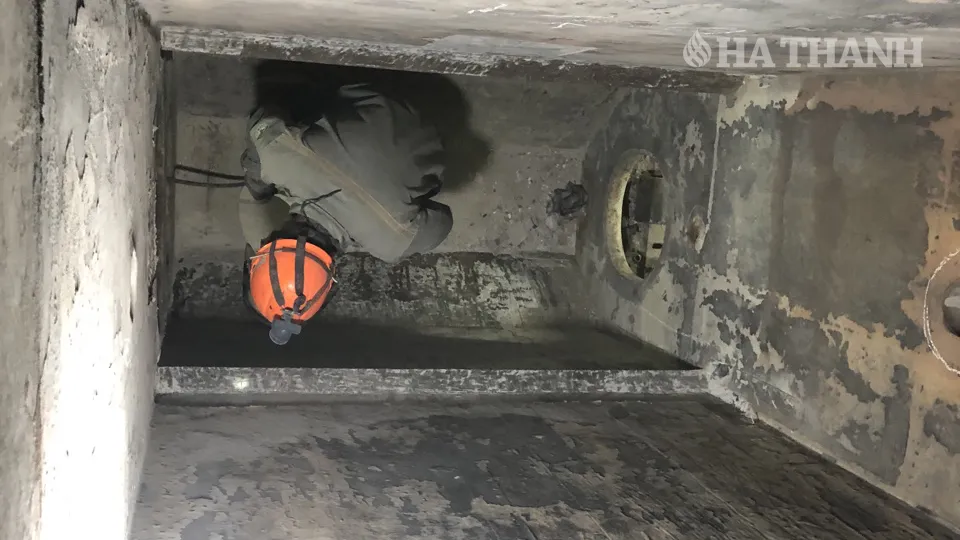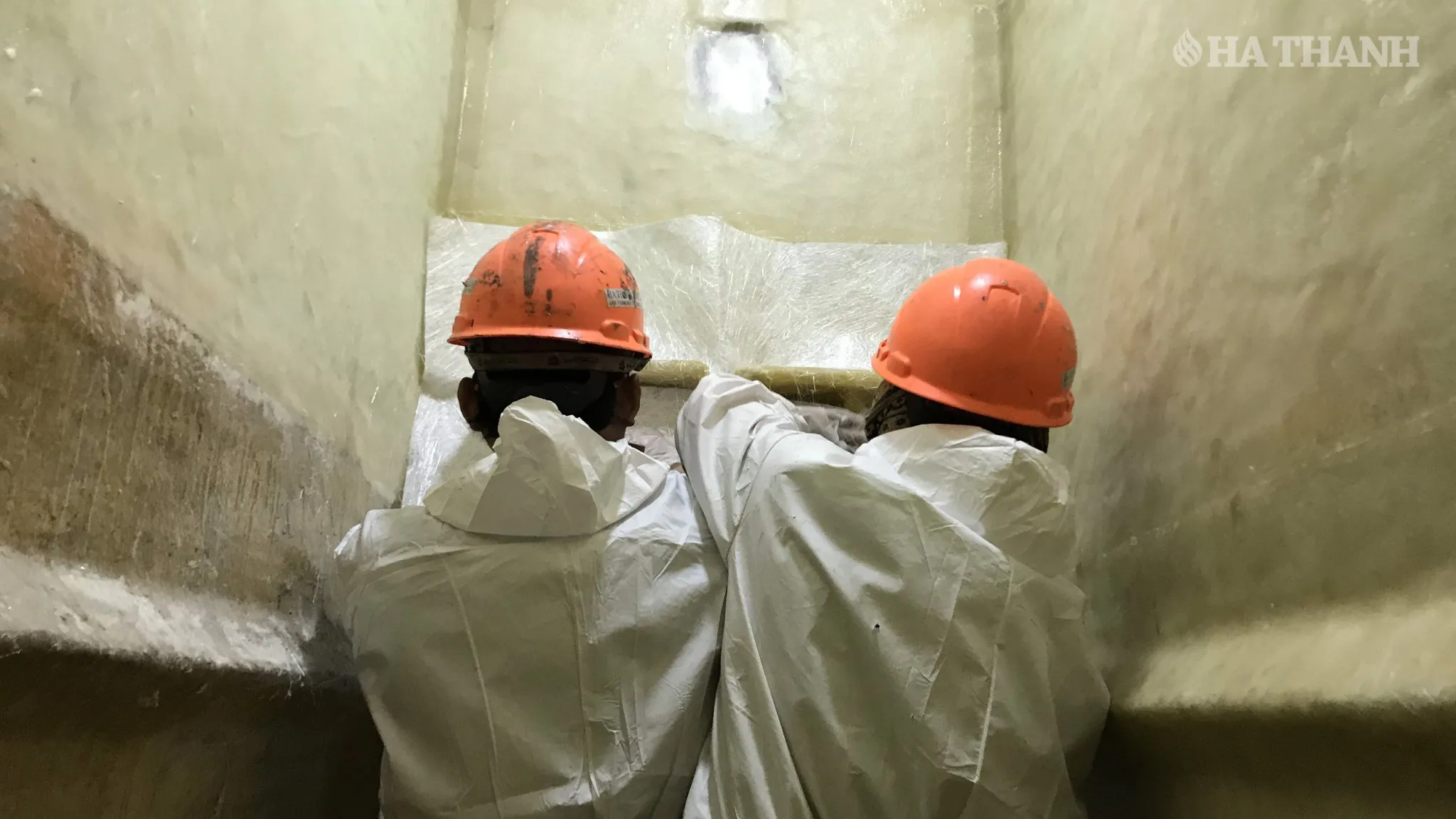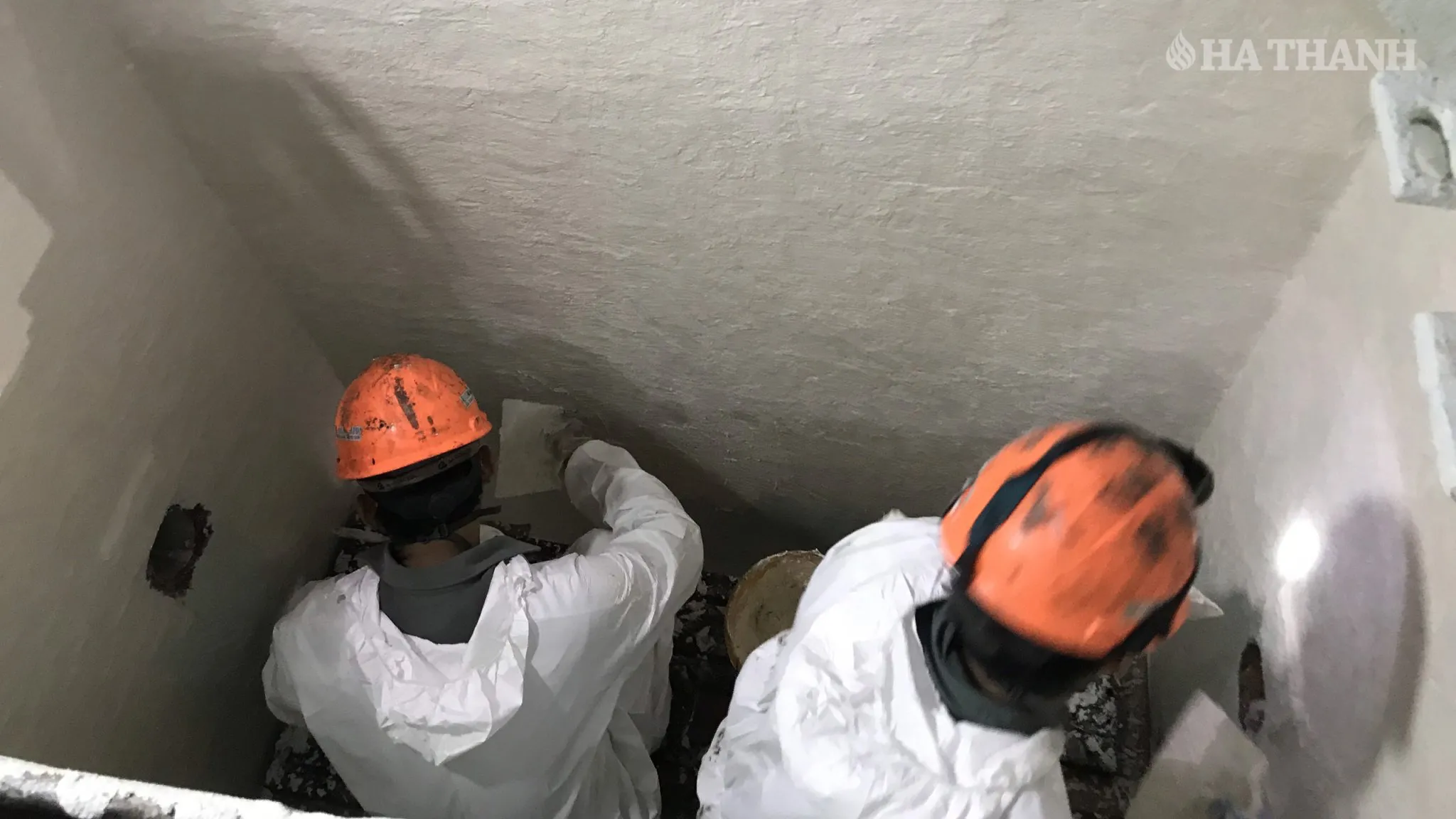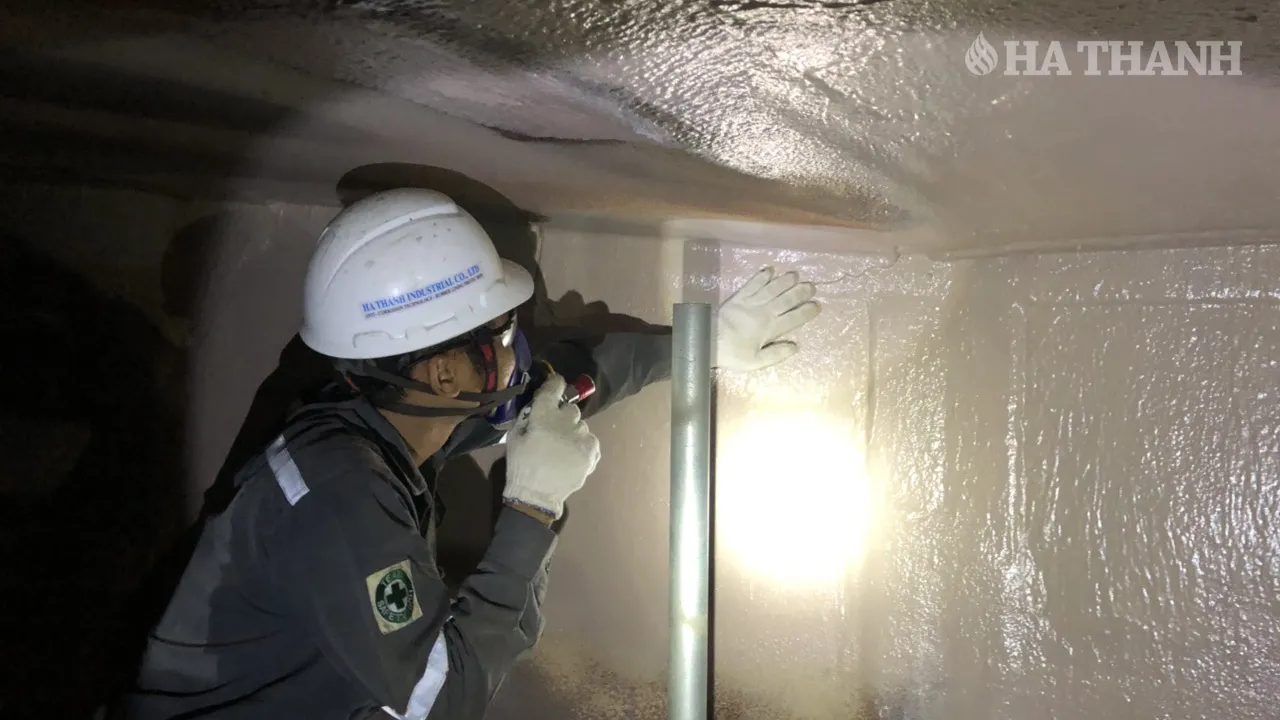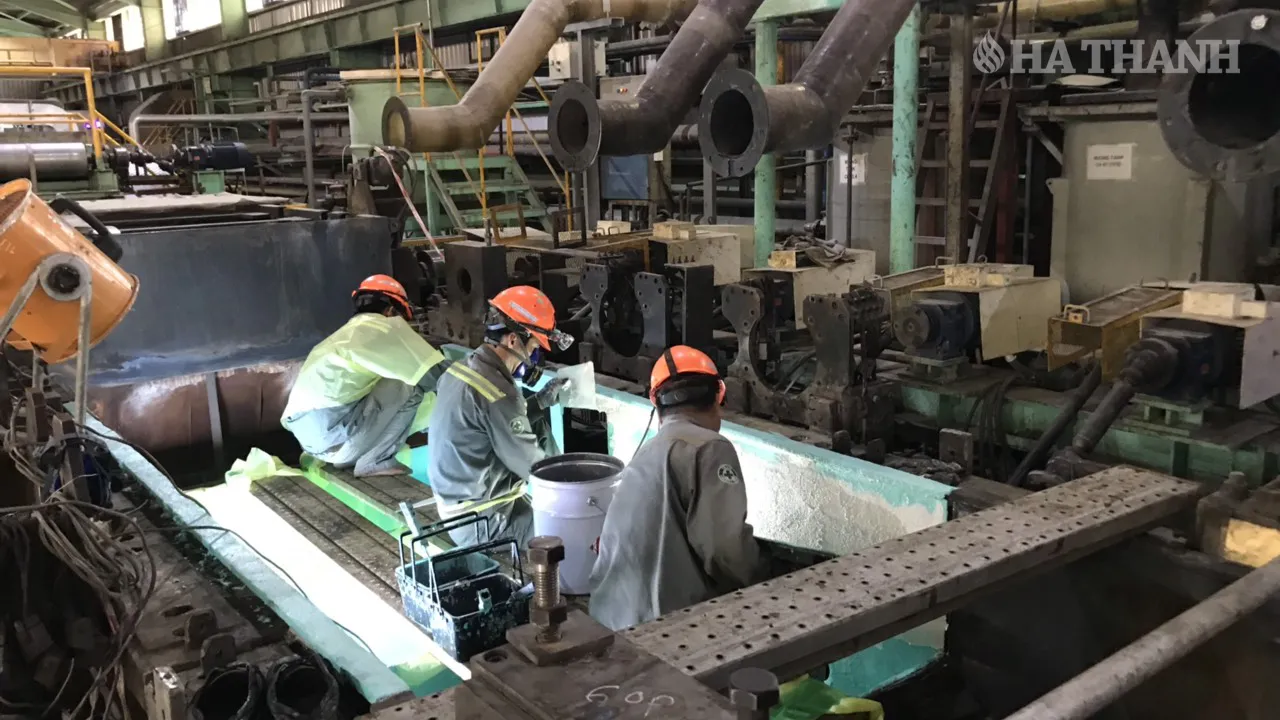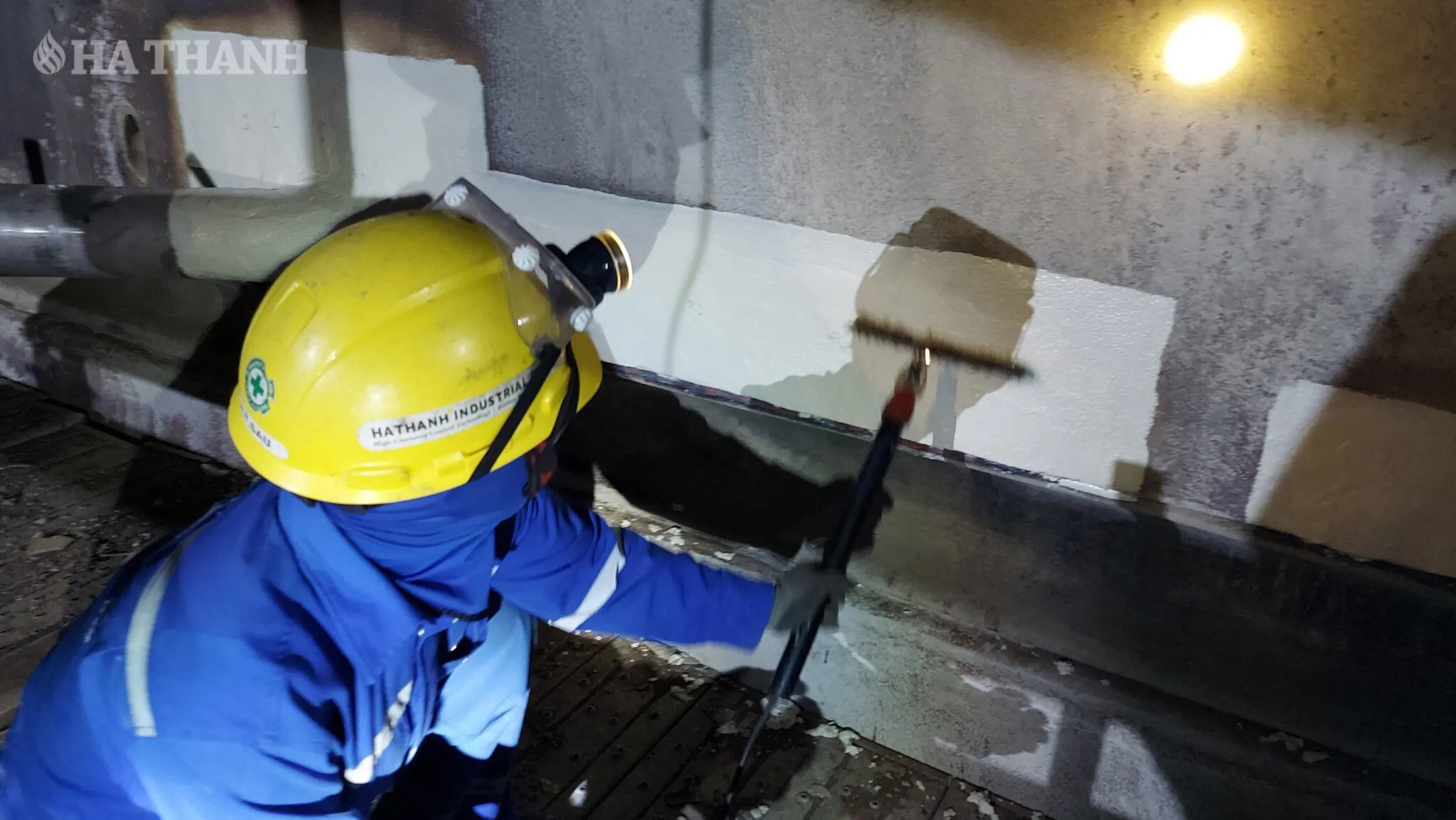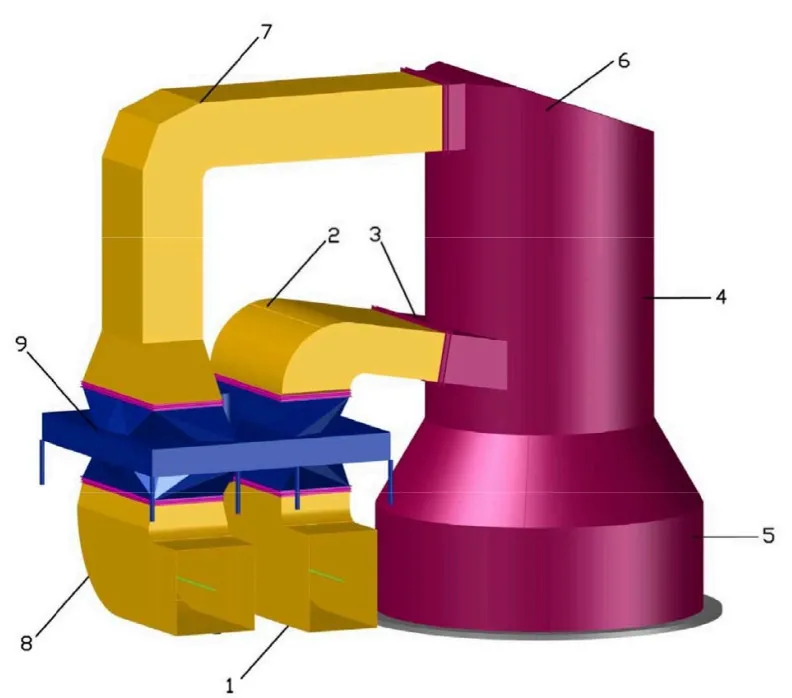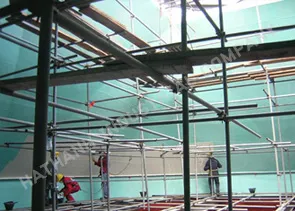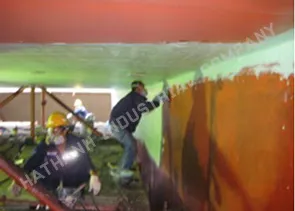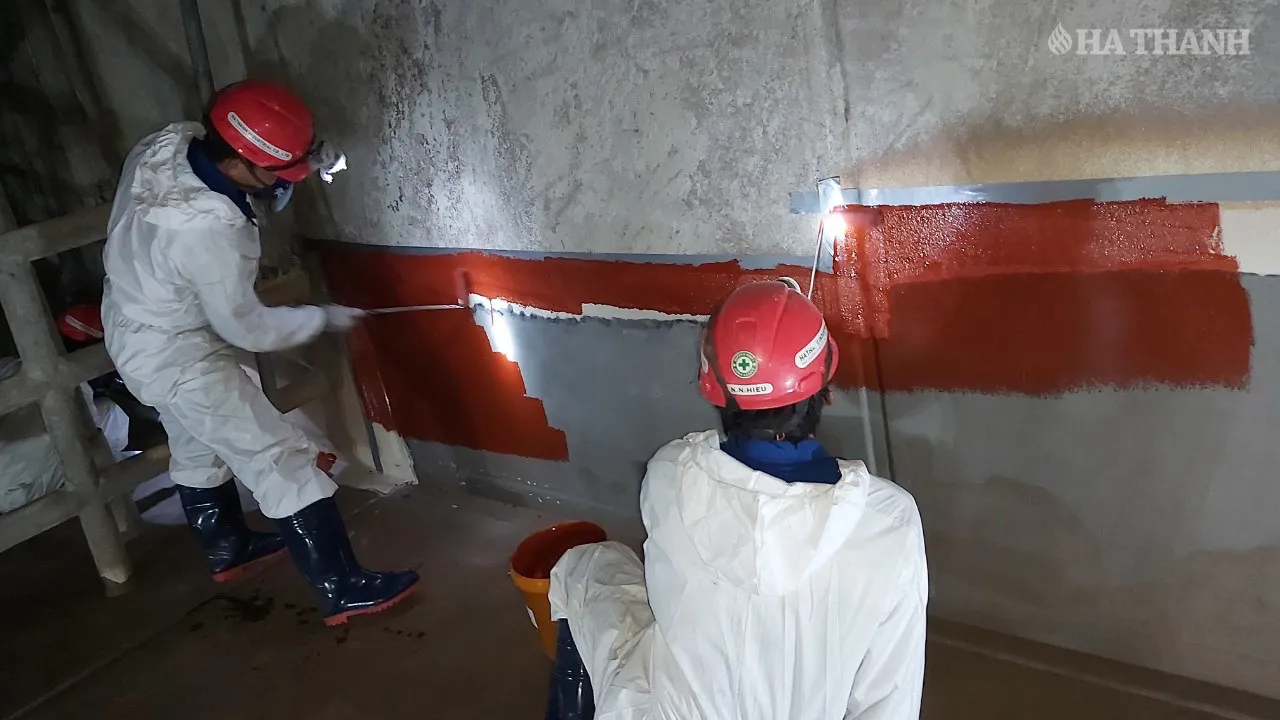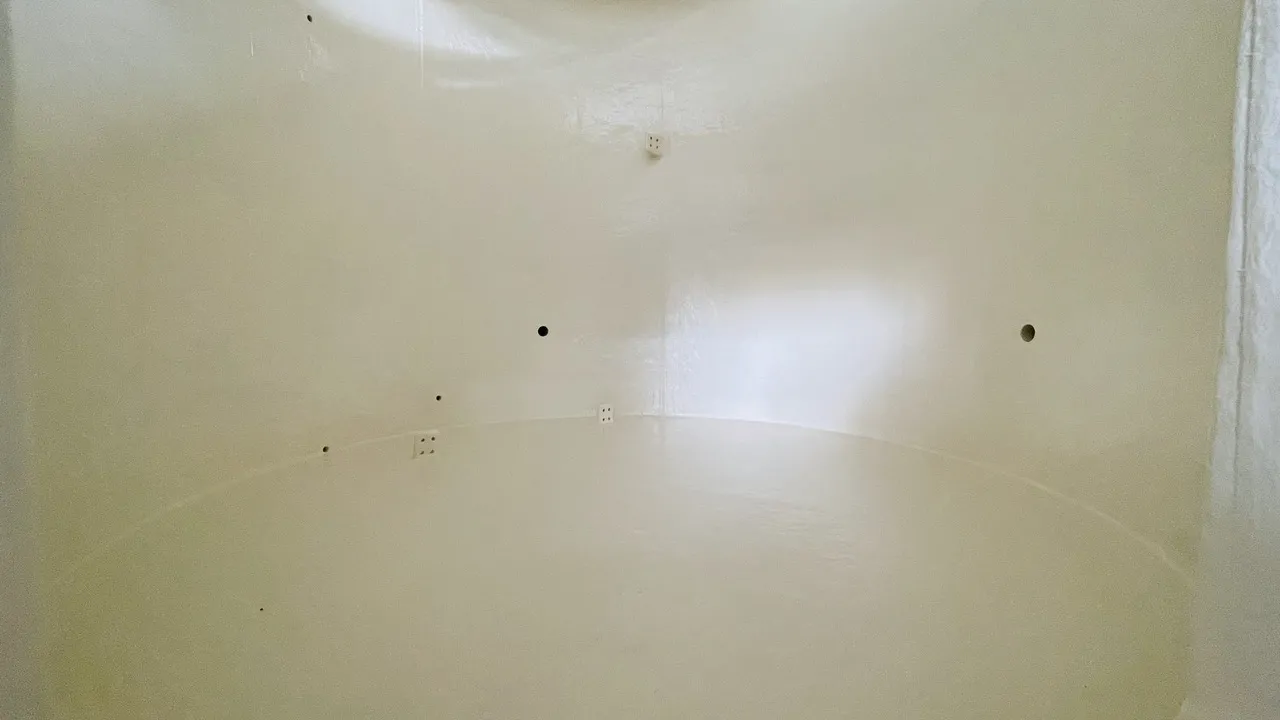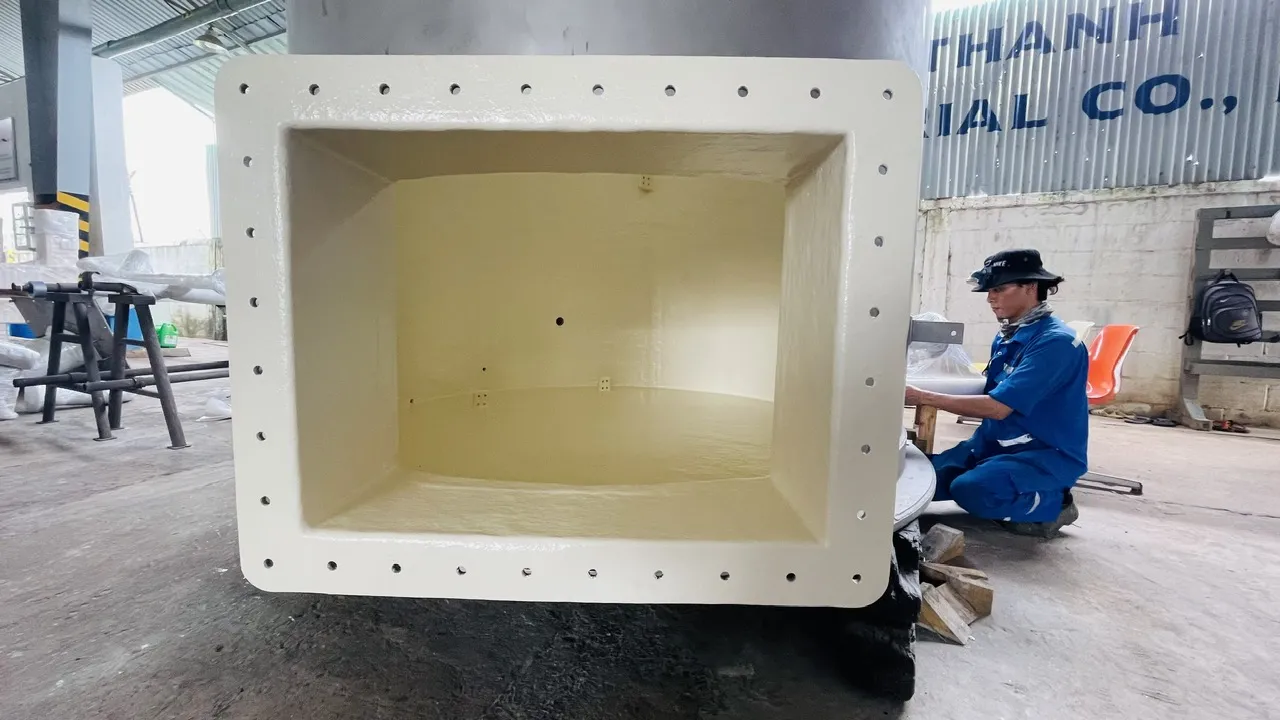Home – Services – Flake Lining – Flake Lining Maintenance
Flake Lining Maintenance
Ha Thanh’s Flake Lining repair service specializes in treating and restoring the surfaces of tanks, vessels, and equipment used for chemical storage that have been corroded or have damaged flake coatings. We receive inquiries, provide consultations, and directly apply chemical-resistant Flake Lining solutions to extend equipment lifespan and ensure stable system operation in the chemical, water treatment, and food industries.
Our strengths

In-depth Application Experience
Ha Thanh’s technical team has many years of experience in applying and repairing Flake coatings, having completed numerous large-scale projects.
Flexible and Site-Optimized Solutions
We conduct on-site surveys to propose the most suitable repair plan tailored to each specific tank type and the actual chemicals involved.
Standardized, High-Quality Materials
All Flake Lining applications use standardized materials with clear origins, ensuring the coating provides the required corrosion and chemical resistance as specified by technical standards.
Commitment to Rigorous Acceptance
Our post-application inspection and acceptance process is strictly implemented, guaranteeing the new coating meets standards for adhesion, thickness, and surface quality.
Workflow
- STEP 01
Remove the Old Flake Layer
The old Flake coating, including the Flake, FRP, and Epoxy layers, is completely removed using specialized machinery, ensuring no damage to other equipment in the surrounding work area.The old Flake coating, including the Flake, FRP, and Epoxy layers, is completely removed using specialized machinery, ensuring no damage to other equipment in the surrounding work area.01 - STEP 02
Surface Preparation and Focused Application
The surface is cleaned and prepared using appropriate methods. The technical team then focuses on a swift application to ensure the project stays on schedule.The surface is cleaned and prepared using appropriate methods. The technical team then focuses on a swift application to ensure the project stays on schedule.02 - STEP 03
Apply the New Flake Mortar Layer by Troweling
A specialized Flake mortar system is applied to the entire surface using the troweling method (steel trowel), ensuring proper adhesion and achieving the designed thickness.A specialized Flake mortar system is applied to the entire surface using the troweling method (steel trowel), ensuring proper adhesion and achieving the designed thickness.03 - STEP 04
Reinforce with Multiple Layers of FRP Mat
Multiple layers of FRP mat (of various types) are laminated over the Flake layer to enhance durability and corrosion resistance.Multiple layers of FRP mat (of various types) are laminated over the Flake layer to enhance durability and corrosion resistance.04 - STEP 05
Apply the Finishing Topcoat
A topcoat is applied over the FRP mat to create a protective, finished surface and improve chemical resistance.A topcoat is applied over the FRP mat to create a protective, finished surface and improve chemical resistance.05 - STEP 06
Inspection and Acceptance
A visual inspection is conducted, and the Flake coating's thickness is checked with specialized equipment. A hammer tap test is performed to verify adhesion, and the coating is inspected for leaks before handover.A visual inspection is conducted, and the Flake coating's thickness is checked with specialized equipment. A hammer tap test is performed to verify adhesion, and the coating is inspected for leaks before handover.06
Images
Notes:
Due to the operating conditions of the FGD (Flue-gas desulfurization) absorption tower equipment in environments with varying temperatures, gases, liquids, humidity, chemicals, and waste gases, different areas of the FGD equipment require different types of Glass Flake with varying thicknesses and installation methods.
To learn more details about product applications,
Please contact us.

